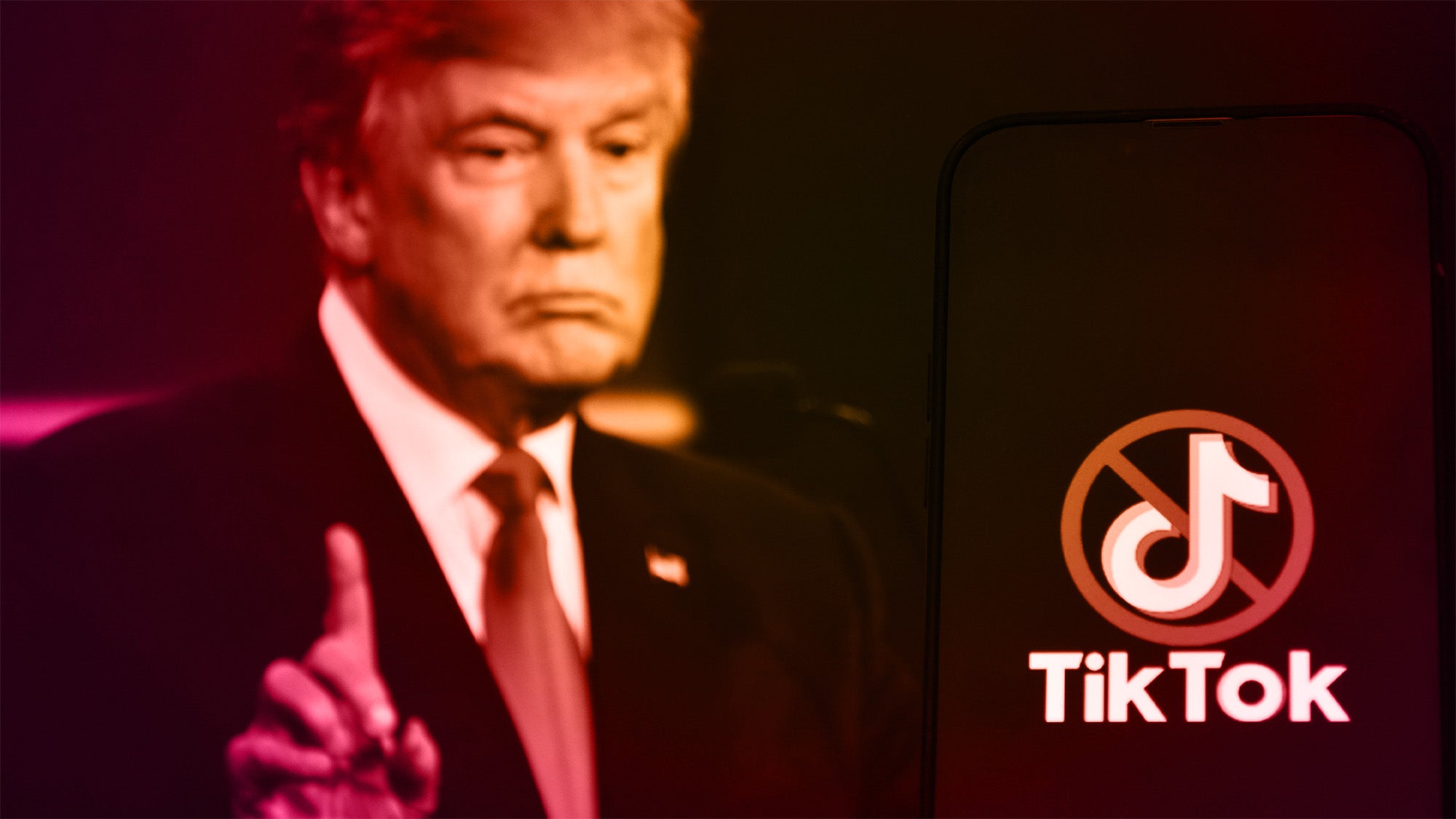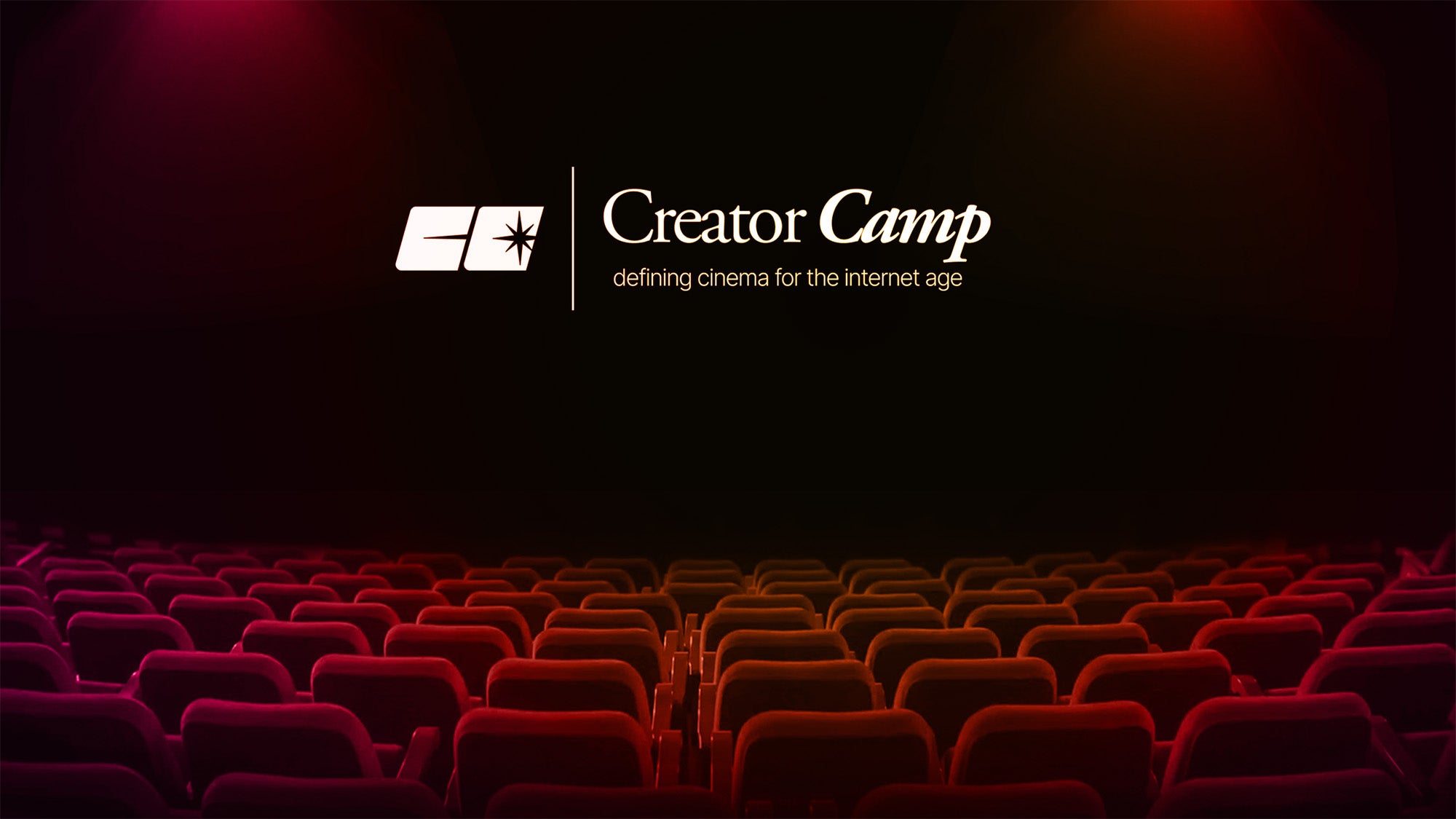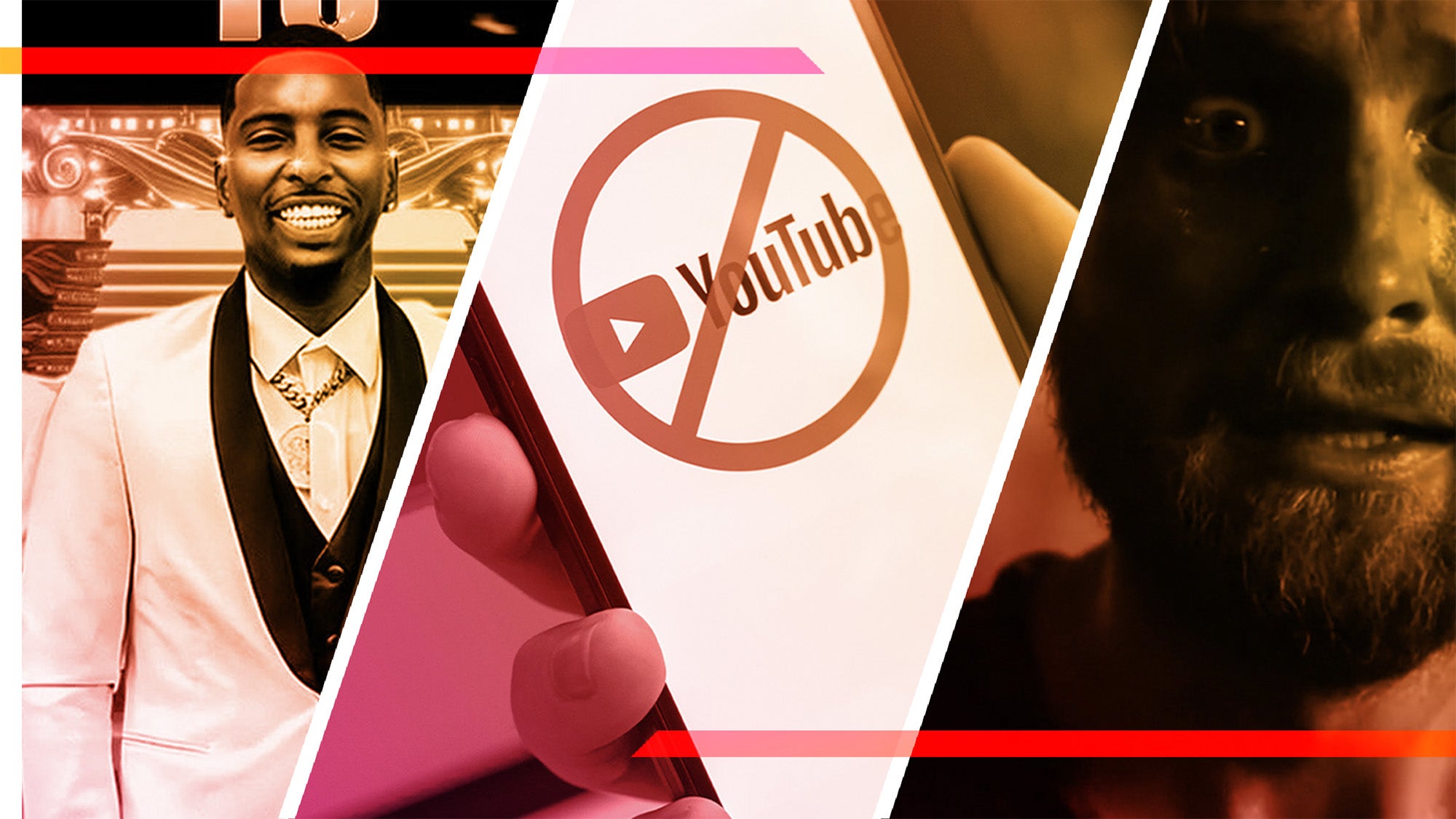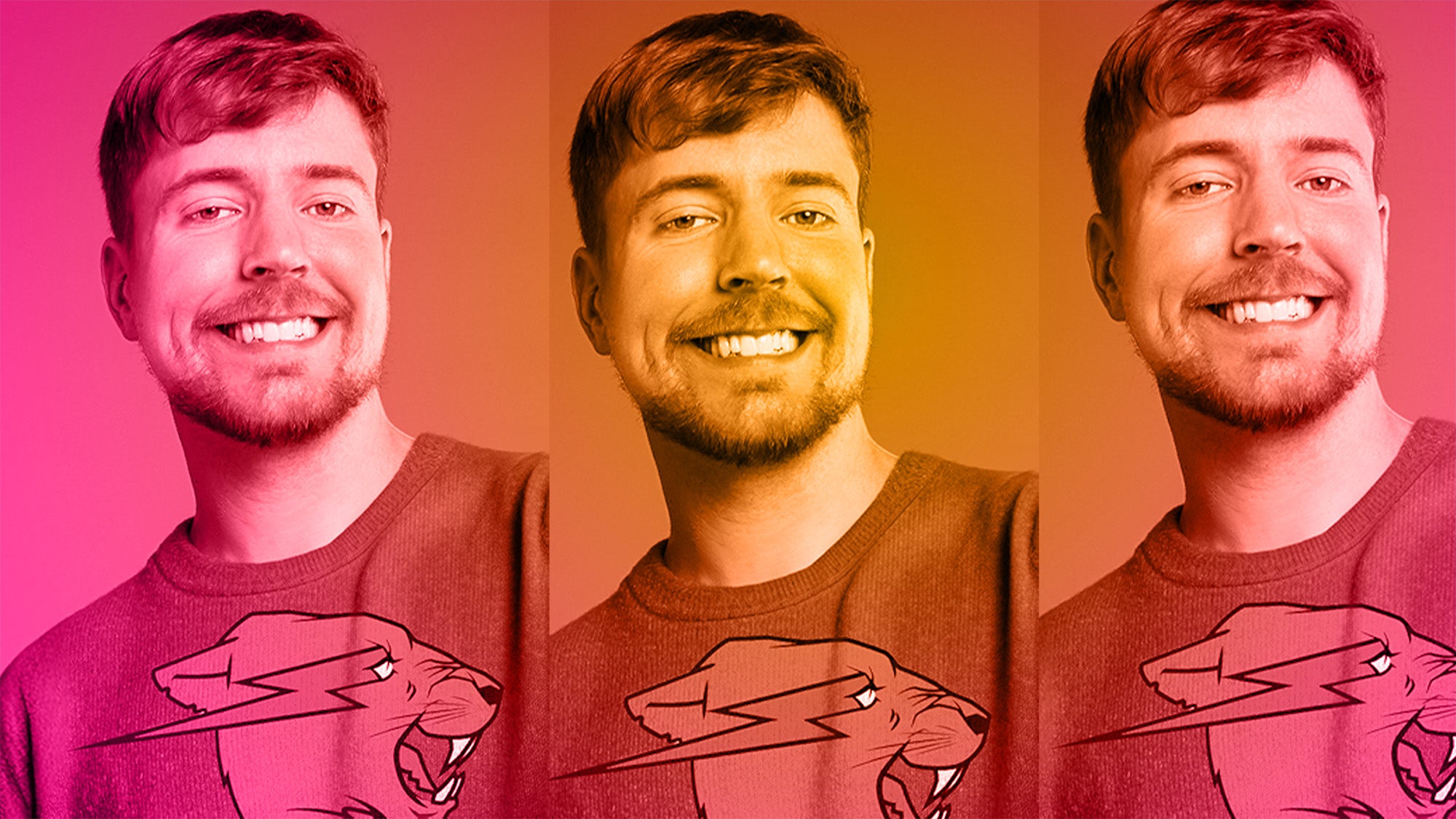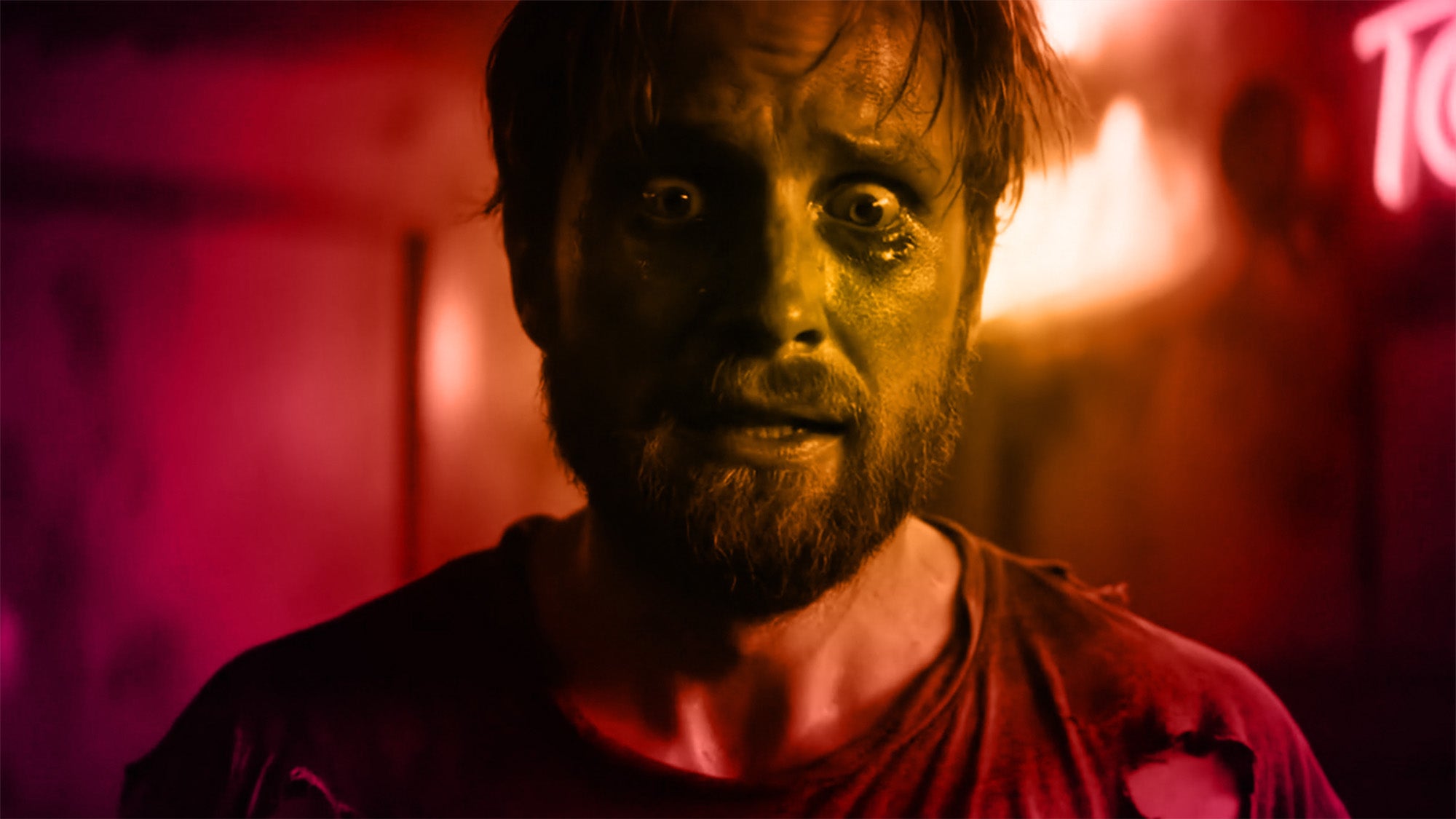
As innovative as Veo 3 might be, it comes at a cost. Namely, at the cost of creators. This is because Google is using YouTube’s video library to train the AI tool, a source told CNBC.
When approached by the outlet, YouTube confirmed this was the case. However, the company claims that it doesn’t utilize all of its videos — only a specific subset of them, with the permission of both creators and media companies.
In a statement to CNBC, YouTube said: “We’ve always used YouTube content to make our products better, and this hasn’t changed with the advent of AI. We also recognize the need for guardrails, which is why we’ve invested in robust protections that allow creators to protect their image and likeness in the AI era — something we’re committed to continuing.”
Creators Aren’t Being Informed
Despite these claims, experts told CNBC that the majority of creators and media companies don’t realize their content is being used to train AI.
“It’s plausible that they’re taking data from a lot of creators that have spent a lot of time and energy and their own thought to put into these videos,” Luke Arrigoni, CEO of Loti, told CNBC. “It’s helping the Veo 3 model make a synthetic version, a poor facsimile, of these creators. That’s not necessarily fair to them.”
Indeed, when CNBC contacted a number of YouTube creators, none of them knew that Google could potentially be using their content.
The outlet also pointed to YouTube’s terms of service, which reads: “By providing Content to the Service, you grant to YouTube a worldwide, non-exclusive, royalty-free, sublicensable and transferable license to use that Content.”
Ironically, Google has previously investigated claims that OpenAI used YouTube videos to train its large language models (LLMs). But if this is true, the platform has lost any shred of credibility it had left.

